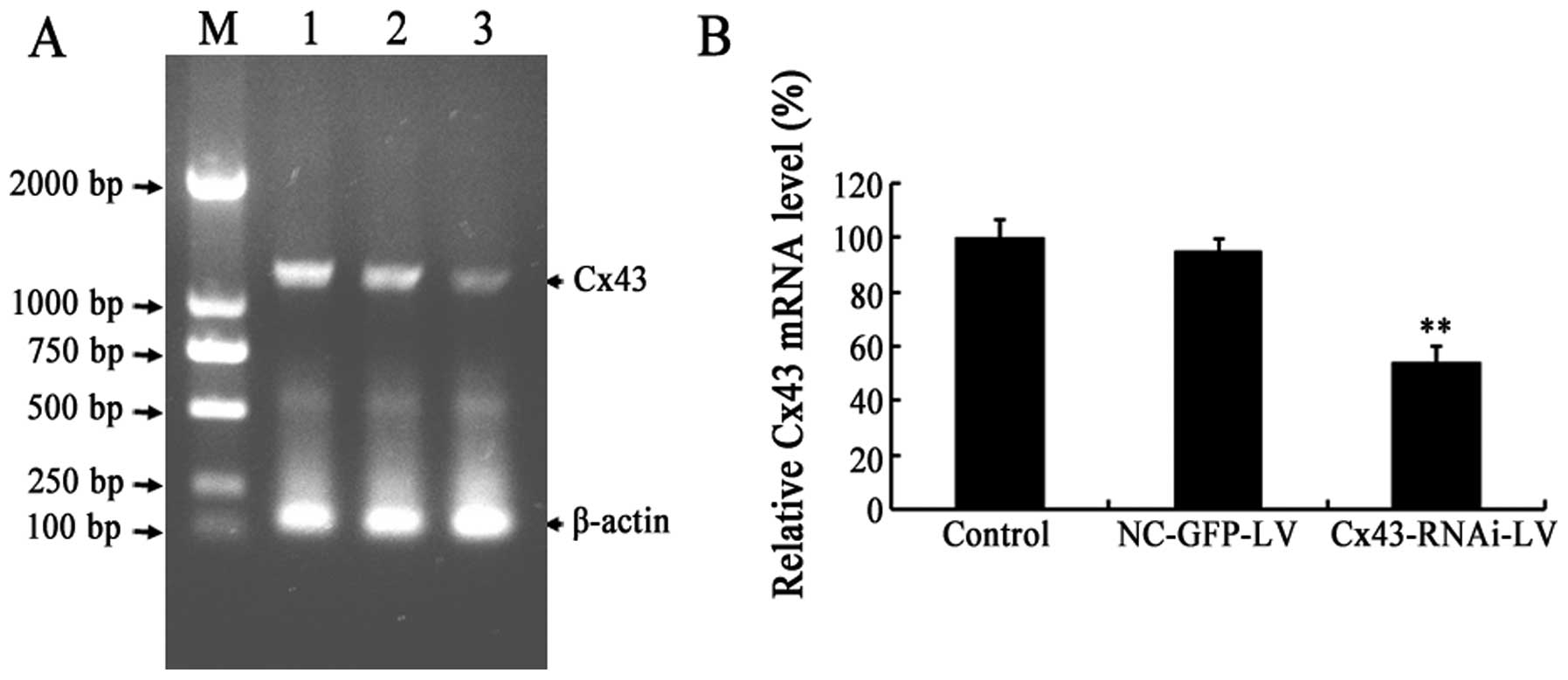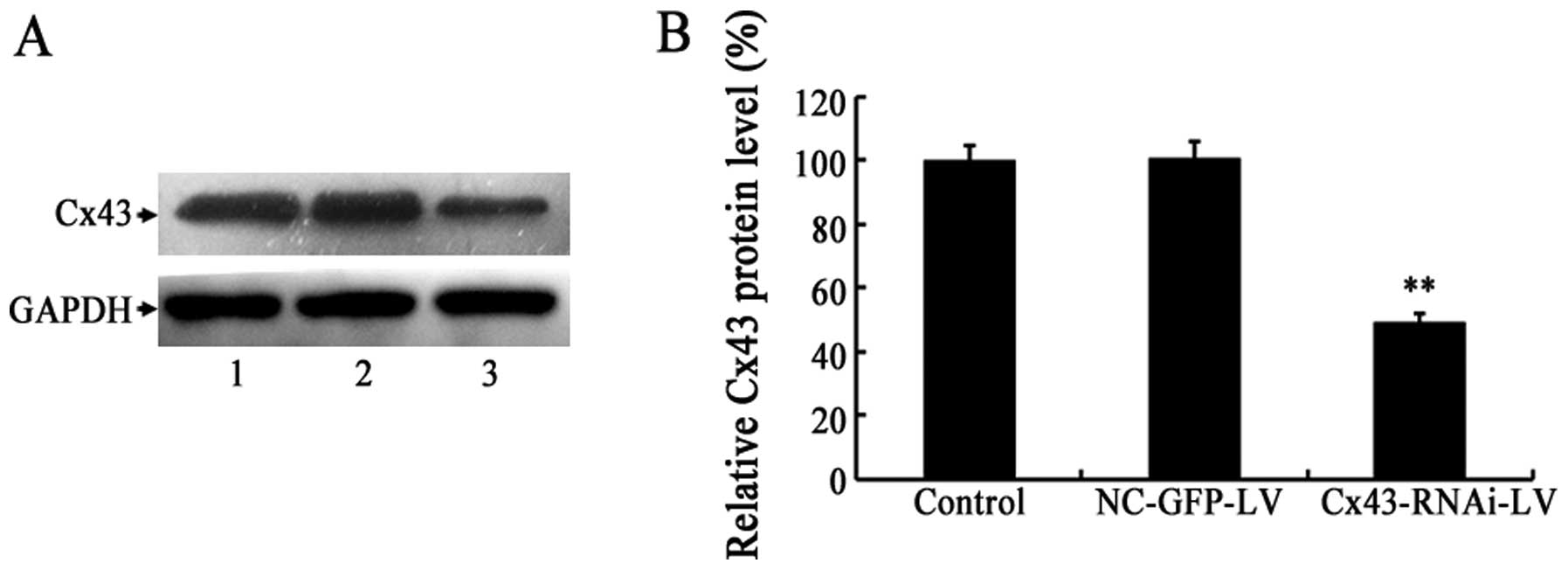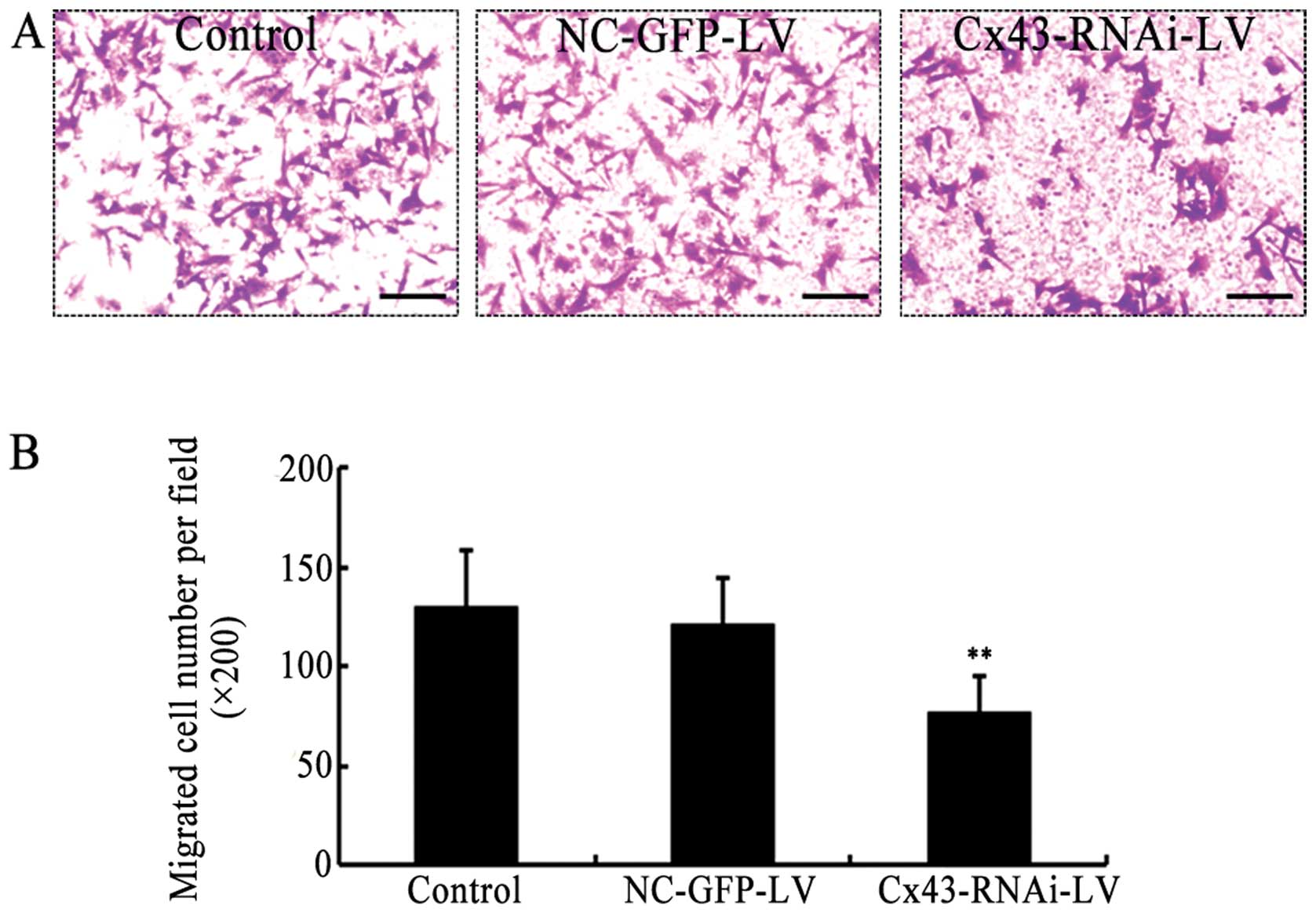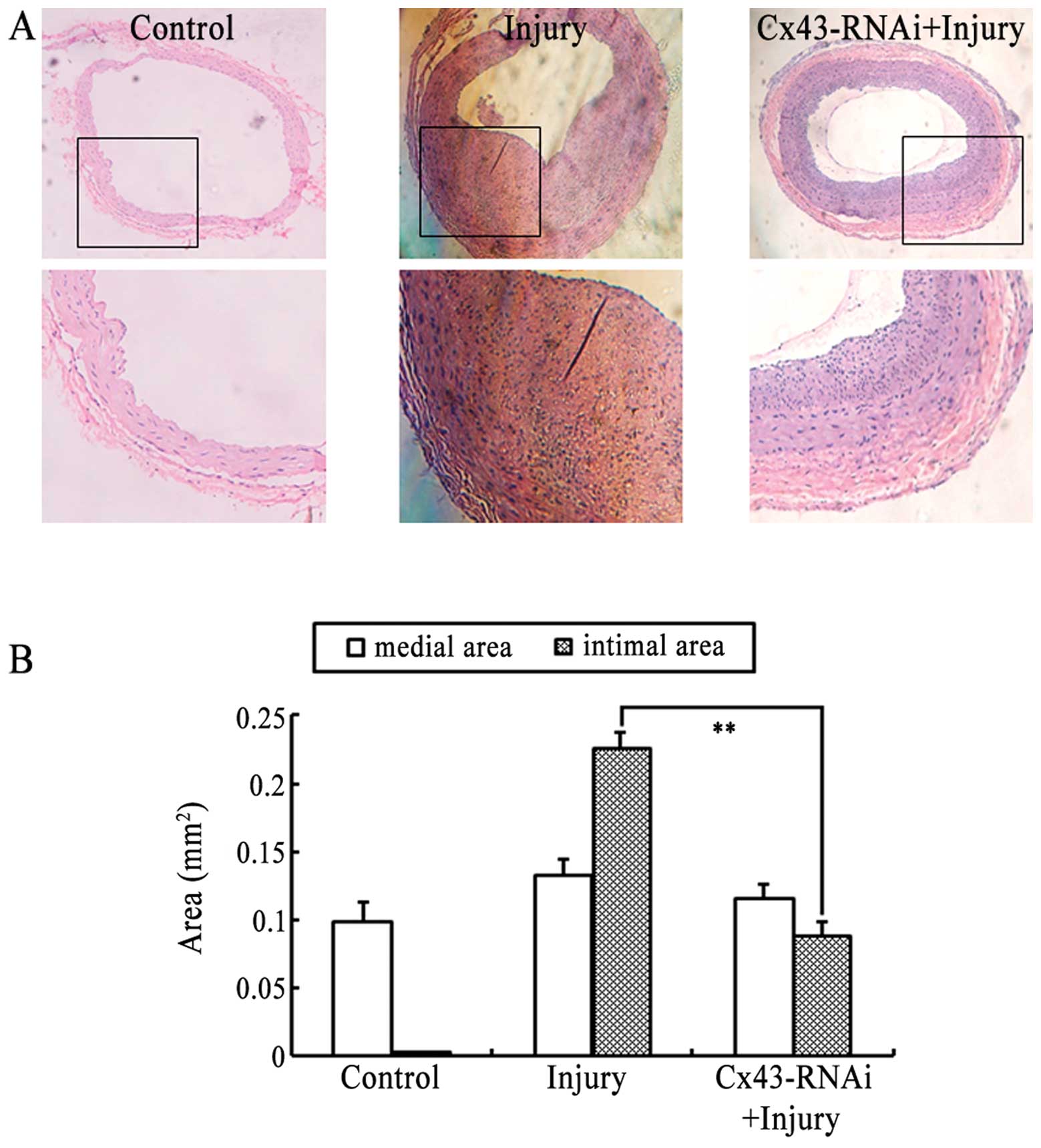|
1
|
Trikalinos TA, Alsheikh-Ali AA, Tatsioni
A, Nallamothu BK and Kent DM: Percutaneous coronary interventions
for non-acute coronary artery disease: a quantitative 20-year
synopsis and a network meta-analysis. Lancet. 373:911–918. 2009.
View Article : Google Scholar : PubMed/NCBI
|
|
2
|
Meads C, Cummins C, Jolly K, Stevens A,
Burls A and Hyde C: Coronary artery stents in the treatment of
ischaemic heart disease: a rapid and systematic review. Health
Technol Assess. 4:1–153. 2000.PubMed/NCBI
|
|
3
|
Odell A, Grip L and Hallberg LR:
Restenosis after percutaneous coronary intervention (PCI):
experiences from the patients' perspective. Eur J Cardiovasc Nurs.
5:150–157. 2006. View Article : Google Scholar
|
|
4
|
Zhang C, Chaturvedi D, Jaggar L, Magnuson
D, Lee JM and Patel TB: Regulation of vascular smooth muscle cell
proliferation and migration by human sprouty 2. Arterioscler Thromb
Vasc Biol. 25:533–538. 2005. View Article : Google Scholar : PubMed/NCBI
|
|
5
|
Owens GK: Regulation of differentiation of
vascular smooth muscle cells. Physiol Rev. 75:487–517.
1995.PubMed/NCBI
|
|
6
|
Crowley ST, Ray CJ, Nawaz D, Majack RA and
Horwitz LD: Multiple growth factors are released from mechanically
injured vascular smooth muscle cells. Am J Physiol.
269:H1641–H1647. 1995.PubMed/NCBI
|
|
7
|
Li F, Zhang C, Schaefer S, Estes A and
Malik KU: ANG II-induced neointimal growth is mediated via cPLA2-
and PLD2-activated Akt in balloon-injured rat carotid artery. Am J
Physiol Heart Circ Physiol. 289:H2592–H2601. 2005. View Article : Google Scholar : PubMed/NCBI
|
|
8
|
Jia G, Cheng G, Gangahar DM and Agrawal
DK: Involvement of connexin 43 in angiotensin II-induced migration
and proliferation of saphenous vein smooth muscle cells via the
MAPK-AP-1 signaling pathway. J Mol Cell Cardiol. 44:882–890. 2008.
View Article : Google Scholar : PubMed/NCBI
|
|
9
|
Hervé JC, Phelan P, Bruzzone R and White
TW: Connexins, innexins and pannexins: bridging the communication
gap. Biochim Biophys Acta. 1719:3–5. 2005. View Article : Google Scholar : PubMed/NCBI
|
|
10
|
Bruzzone R, White TW and Paul DL:
Connections with connexins: the molecular basis of direct
intercellular signaling. Eur J Biochem. 238:1–27. 1996. View Article : Google Scholar : PubMed/NCBI
|
|
11
|
Elfgang C, Eckert R, Lichtenberg-Fraté H,
Butterweck A, Traub O, Klein RA, Hülser DF and Willecke K: Specific
permeability and selective formation of gap junction channels in
connexin-transfected HeLa cells. J Cell Biol. 129:805–817. 1995.
View Article : Google Scholar : PubMed/NCBI
|
|
12
|
van Kempen MJ and Jongsma HJ: Distribution
of connexin37, connexin40 and connexin43 in the aorta and coronary
artery of several mammals. Histochem Cell Biol. 112:479–486. 1999.
View Article : Google Scholar
|
|
13
|
Hong T and Hill CE: Restricted expression
of the gap junctional protein connexin 43 in the arterial system of
the rat. J Anat. 192:583–593. 1998. View Article : Google Scholar : PubMed/NCBI
|
|
14
|
Li X and Simard JM: Increase in Cx45 gap
junction channels in cerebral smooth muscle cells from SHR.
Hypertension. 40:940–946. 2002. View Article : Google Scholar : PubMed/NCBI
|
|
15
|
Matsushita T, Rama A, Charolidi N, Dupont
E and Severs NJ: Relationship of connexin43 expression to
phenotypic modulation in cultured human aortic smooth muscle cells.
Eur J Cell Biol. 86:617–628. 2007. View Article : Google Scholar : PubMed/NCBI
|
|
16
|
Ram R, Wescott AP, Varandas K, Dirksen RT
and Blaxall BC: Mena associates with Rac1 and modulates connexin 43
remodeling in cardiomyocytes. Am J Physiol Heart Circ Physiol.
306:H154–H159. 2014. View Article : Google Scholar :
|
|
17
|
Kieken F, Mutsaers N, Dolmatova E, Virgil
K, Wit AL, Kellezi A, Hirst-Jensen BJ, Duffy HS and Sorgen PL:
Structural and molecular mechanisms of gap junction remodeling in
epicardial border zone myocytes following myocardial infarction.
Circ Res. 104:1103–1112. 2009. View Article : Google Scholar : PubMed/NCBI
|
|
18
|
Qu J, Volpicelli FM, Garcia LI, Sandeep N,
Zhang J, Márquez-Rosado L, Lampe PD and Fishman GI: Gap junction
remodeling and spironolactone-dependent reverse remodeling in the
hypertrophied heart. Circ Res. 104:365–371. 2009. View Article : Google Scholar :
|
|
19
|
Rucker-Martin C, Milliez P, Tan S, Decrouy
X, Recouvreur M, Vranckx R, Delcayre C, Renaud JF, Dunia I,
Segretain D and Hatem SN: Chronic hemodynamic overload of the atria
is an important factor for gap junction remodeling in human and rat
hearts. Cardiovasc Res. 72:69–79. 2006. View Article : Google Scholar : PubMed/NCBI
|
|
20
|
Han XJ, Chen M, Hong T, Zhu LY, He D, Feng
JG and Jiang LP: Lentivivirus-mediated RNAi knockdown of the gap
junction protein, Cx43, attenuates the development of vascular
restenosis following balloon injury. Int J Mol Med. 35:885–892.
2015.PubMed/NCBI
|
|
21
|
Zhang J, Guo C, Wang R, Huang L, Liang W,
Liu R and Sun B: An Egr-1-specific DNAzyme regulates Egr-1 and
proliferating cell nuclear antigen expression in rat vascular
smooth muscle cells. Exp Ther Med. 5:1371–1374. 2013.PubMed/NCBI
|
|
22
|
Ai Z, Yin L, Zhou X, Zhu Y, Zhu D, Yu Y
and Feng Y: Inhibition of survivin reduces cell proliferation and
induces apoptosis in human endometrial cancer. Cancer. 107:746–756.
2006. View Article : Google Scholar : PubMed/NCBI
|
|
23
|
Barac YD, Zeevi-Levin N, Yaniv G, Reiter
I, Milman F, Shilkrut M, Coleman R, Abassi Z and Binah O: The
1,4,5-inositol trisphosphate pathway is a key component in
Fas-mediated hypertrophy in neonatal rat ventricular myocytes.
Cardiovasc Res. 68:75–86. 2005. View Article : Google Scholar : PubMed/NCBI
|
|
24
|
Severs NJ, Rothery S, Dupont E, Coppen SR,
Yeh HI, Ko YS, Matsushita T, Kaba R and Halliday D:
Immunocytochemical analysis of connexin expression in the healthy
and diseased cardiovascular system. Microsc Res Tech. 52:301–322.
2001. View Article : Google Scholar : PubMed/NCBI
|
|
25
|
Meng QH, Yang G, Yang W, Jiang B, Wu L and
Wang R: Protective effect of hydrogen sulfide on balloon
injury-induced neointima hyperplasia in rat carotid arteries. Am J
Pathol. 170:1406–1414. 2007. View Article : Google Scholar : PubMed/NCBI
|
|
26
|
Brisset AC, Isakson BE and Kwak BR:
Connexins in vascular physiology and pathology. Antioxid Redox
Signal. 11:267–282. 2009. View Article : Google Scholar
|
|
27
|
Déglise S, Martin D, Probst H, Saucy F,
Hayoz D, Waeber G, Nicod P, Ris HB, Corpataux JM and Haefliger JA:
Increased connexin43 expression in human saphenous veins in culture
is associated with intimal hyperplasia. J Vasc Surg. 41:1043–1052.
2005. View Article : Google Scholar : PubMed/NCBI
|
|
28
|
Chadjichristos CE, Matter CM, Roth I,
Sutter E, Pelli G, Lüscher TF, Chanson M and Kwak BR: Reduced
connexin43 expression limits neointima formation after balloon
distension injury in hypercholesterolemic mice. Circulation.
113:2835–2843. 2006. View Article : Google Scholar : PubMed/NCBI
|
|
29
|
Chadjichristos CE, Morel S, Derouette JP,
Sutter E, Roth I, Brisset AC, Bochaton-Piallat ML and Kwak BR:
Targeting connexin 43 prevents platelet-derived growth
factor-BB-induced phenotypic change in porcine coronary artery
smooth muscle cells. Circ Res. 102:653–660. 2008. View Article : Google Scholar : PubMed/NCBI
|
|
30
|
Song M, Yu X, Cui X, Zhu G, Zhao G, Chen J
and Huang L: Blockade of connexin 43 hemichannels reduces neointima
formation after vascular injury by inhibiting proliferation and
phenotypic modulation of smooth muscle cells. Exp Biol Med
(Maywood). 234:1192–1200. 2009. View Article : Google Scholar
|
|
31
|
Shi Y, Hou X, Zhang X, Wang Y, Chen Y and
Zou J: Inhibition of oxidized-phospholipid-induced vascular smooth
muscle cell proliferation by resveratrol is associated with
reducing Cx43 phosphorylation. J Agric Food Chem. 61:10534–10541.
2013. View Article : Google Scholar : PubMed/NCBI
|
|
32
|
Johnstone SR, Ross J, Rizzo MJ, Straub AC,
Lampe PD, Leitinger N and Isakson BE: Oxidized phospholipid species
promote in vivo differential cx43 phosphorylation and vascular
smooth muscle cell proliferation. Am J Pathol. 175:916–924. 2009.
View Article : Google Scholar : PubMed/NCBI
|
|
33
|
Johnstone SR, Kroncke BM, Straub AC, Best
AK, Dunn CA, Mitchell LA, Peskova Y, Nakamoto RK, Koval M, Lo CW,
et al: MAPK phosphorylation of connexin 43 promotes binding of
cyclin E and smooth muscle cell proliferation. Circ Res.
111:201–211. 2012. View Article : Google Scholar : PubMed/NCBI
|














